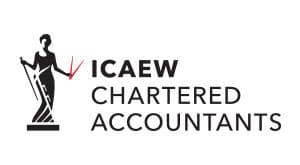We don’t need to reach the end of the year to already know that retail company insolvency is up in 2016 when compared with the full 12 months of 2015.
Store closures and job losses were driven largely by the collapse of British Home Stores, or BHS, which registered as the second-largest shock to the retail industry in recent memory, ranking behind only Woolworths’ closure, which affected 820 stores and 30,000 staff.
BHS did not come close to those kinds of figures, with ‘only’ 164 stores and 11,000 employees, but was still the biggest retail company insolvency since Woolworths, and enough to see the total impact of corporate insolvency in the retail sector increase this year for the first time since 2012.
As of November 2016, 27 companies had failed – up by two on the previous full year – with the number of store closures up from 728 to 1,395 and the number of job losses up from 6,845 to 26,052.
You have to look back to 2013 to find a year with more store closures, and 2012 for a higher total of retail job losses due to significant corporate insolvency in the sector – and the figures don’t yet include December.
A further significant factor is the cut in the government’s subsidy payable to independent pharmacies in England, most of whose work comes via the NHS.
From December 2016, these 11,800 pharmacies will begin to lose more than £315 million over the following 16 months, lasting as far as spring 2018 and predicted to lead to the closure of up to a quarter of locations.
The CRR’s Who’s Gone Bust? report says: “The government view is that there are too many pharmacies, often in the wrong locations, and larger and better-equipped stores will give a better service.
“Around 2,300 are expected to close with possibly 9,000 staff affected. CRR has not included the forecast losses of independent pharmacists in the totals, yet.”





 Production
Production